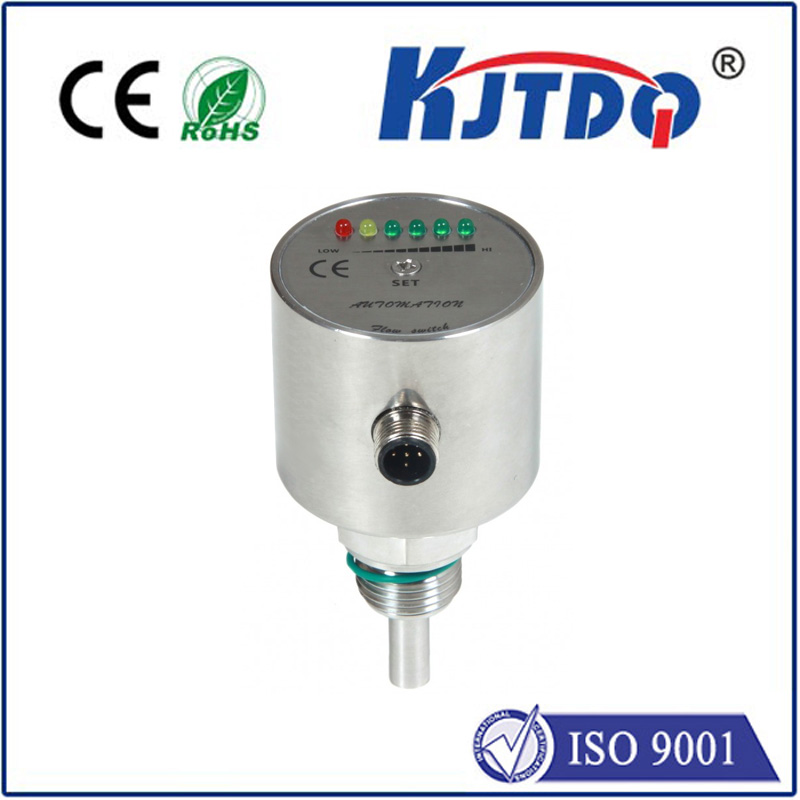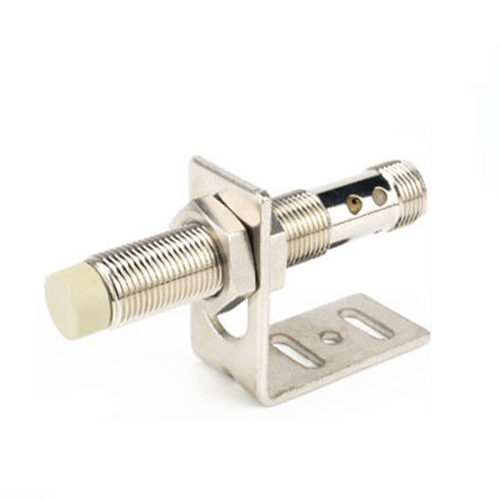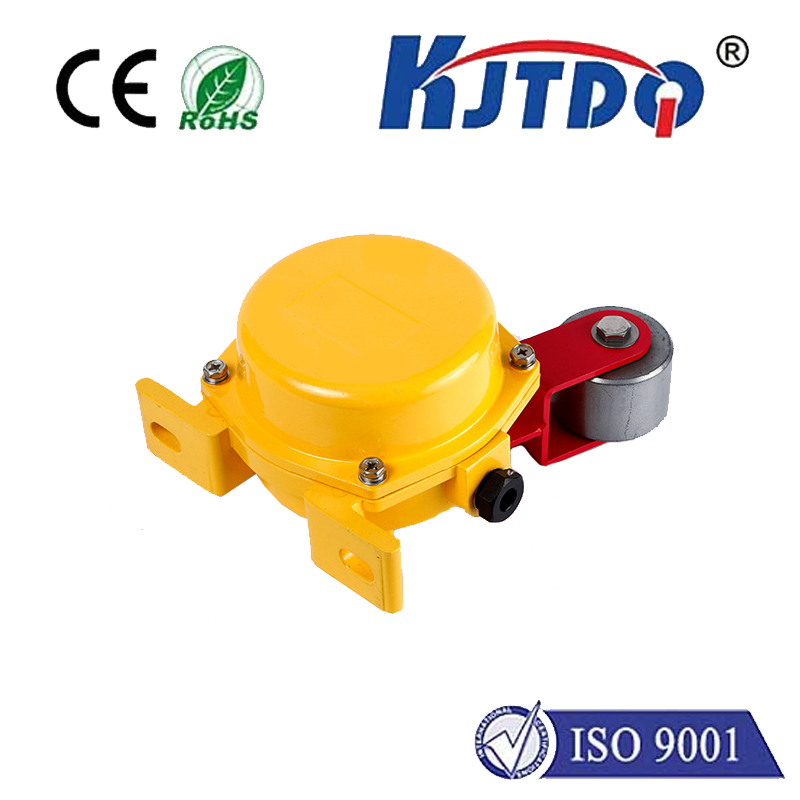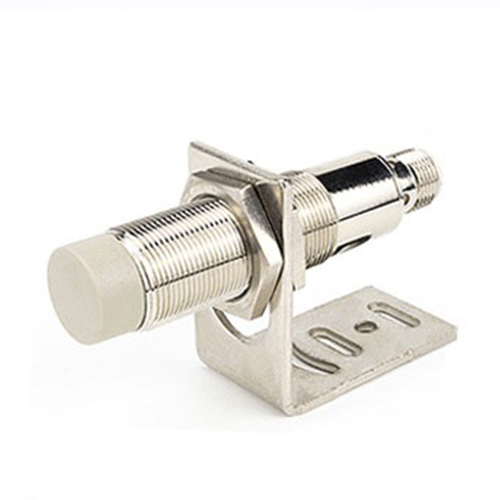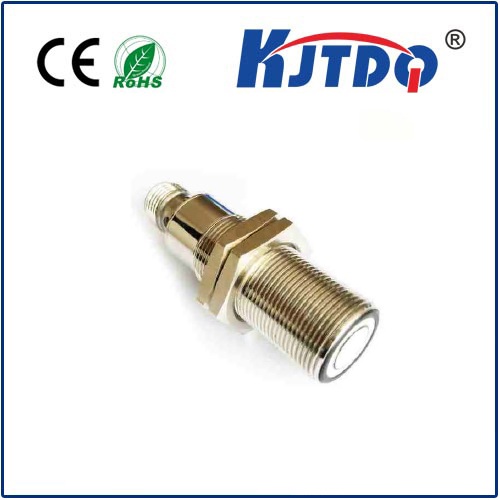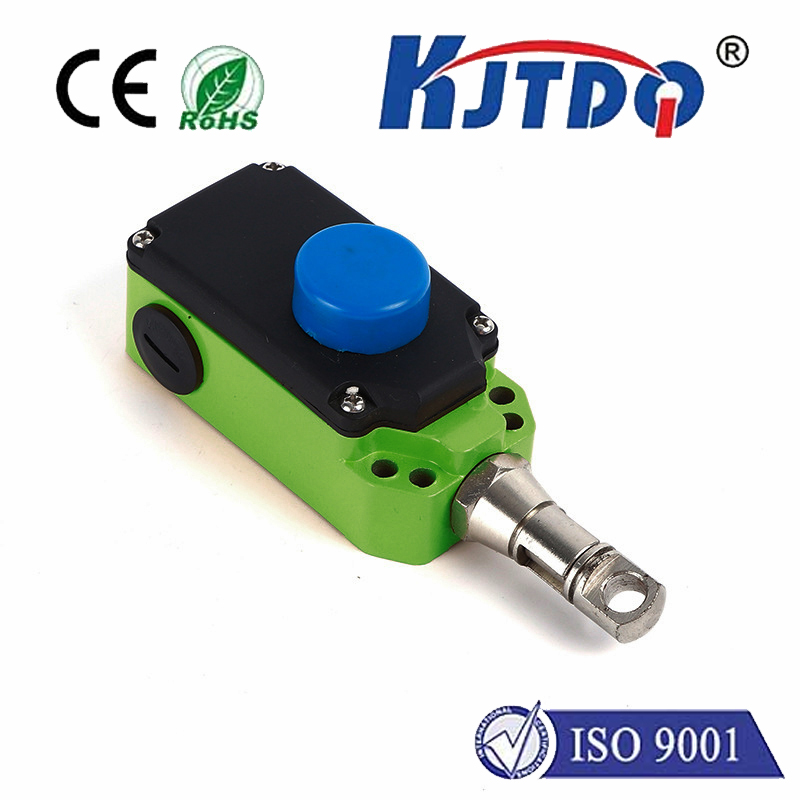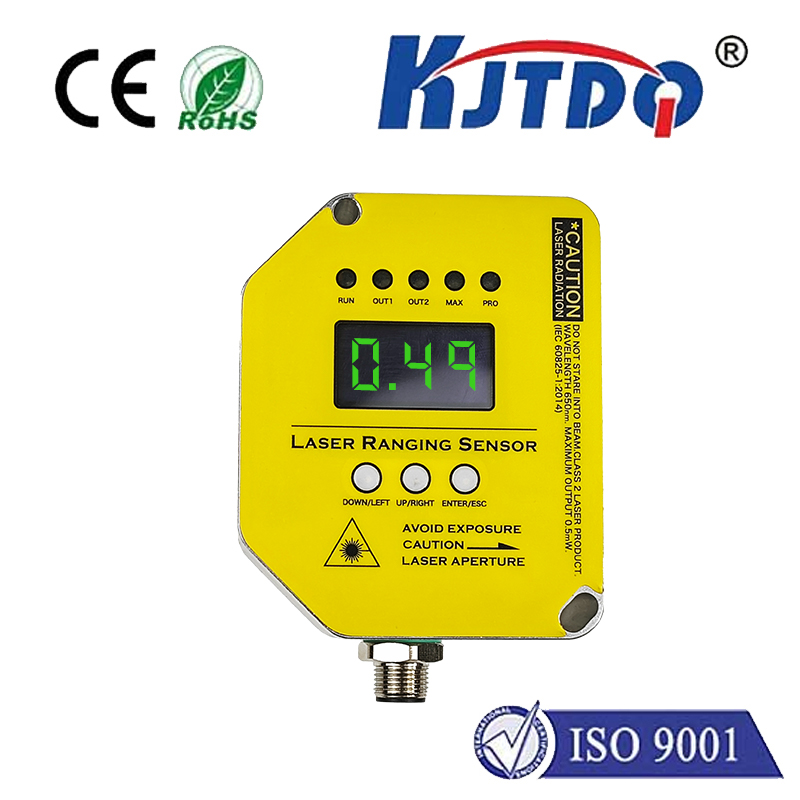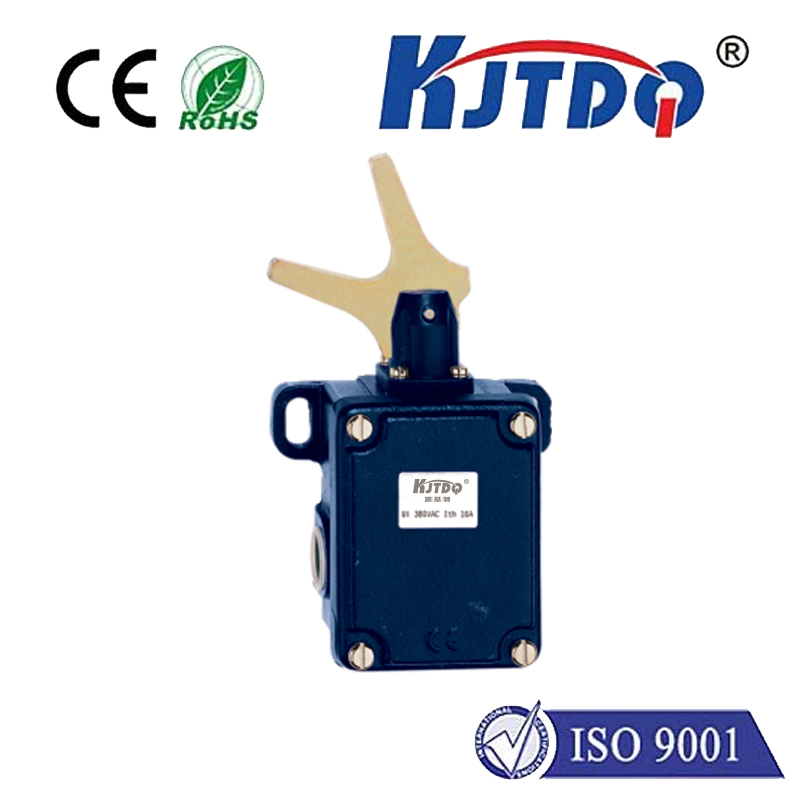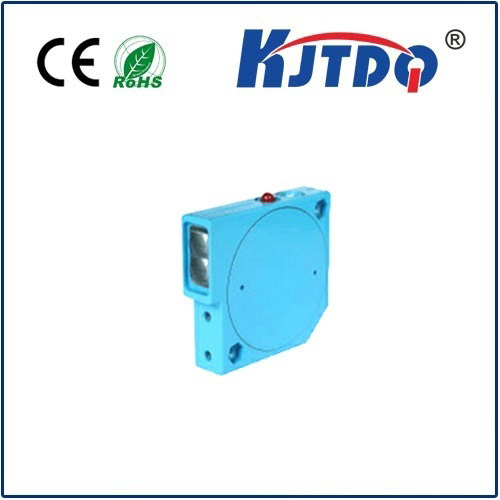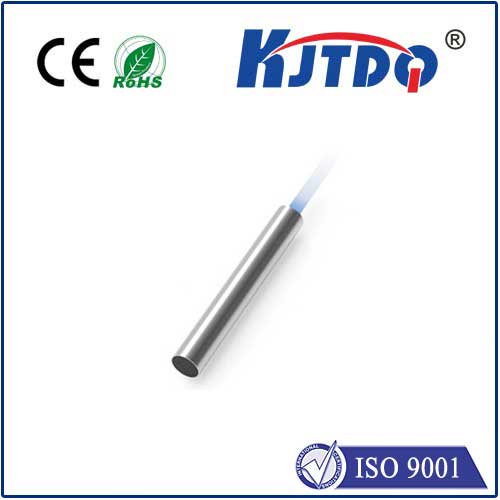BES01ZT proximity sensor
- time:2025-10-15 02:11:08
- Click:0
BES01ZT Proximity Sensor: The Unsung Hero of Precise, Reliable Automation
Imagine a high-speed automotive assembly line. Robotic arms whirl with precision, installing components in fractions of a second. How do they “know” exactly when a part is perfectly positioned? Or picture a complex packaging machine seamlessly filling containers. What prevents costly overflows or product damage? The answer, often tucked away unseen, frequently lies in a powerful little device: the inductive proximity sensor, exemplified by robust models like the BES01ZT. This isn’t just another component; it’s a fundamental pillar enabling the accuracy, safety, and efficiency of countless modern industrial processes.
Understanding the Core: What is an Inductive Proximity Sensor?
At its simplest, an inductive proximity sensor is a solid-state electronic device designed to detect the presence of metallic objects without any physical contact. It operates on the principle of electromagnetic induction. Here’s how it works:
- Generating the Field: The sensor incorporates an oscillator circuit that generates a high-frequency alternating electromagnetic field radiating from its active (sensing) face.
- Disturbing the Field: When a metallic object (the “target”) enters this electromagnetic field, it induces tiny electrical currents called eddy currents within the target material itself.
- Detecting the Change: These eddy currents consume energy from the sensor’s oscillating field. This energy loss causes the oscillation amplitude to decrease.
- Triggering the Output: The sensor’s internal circuitry continuously monitors this oscillation amplitude. When the decrease surpasses a predetermined threshold (signifying a target is within range), the sensor switches its output signal state. Crucially, this happens without any physical touch.
Introducing the BES01ZT: Engineered for Performance

The BES01ZT embodies the practical application of this principle, designed to deliver reliable detection in demanding industrial environments. While specific detailed internal schematics are proprietary, its hallmark features align with high-performance inductive sensors:
- Robust Housing: Typically built within a sturdy cylindrical metal (e.g., brass, stainless steel) or high-grade plastic housing, offering significant resistance to impact, vibration, and harsh chemicals often found in factories.
- Integrated Electronics: All sensing and switching electronics are potted or encapsulated within the housing, ensuring excellent resistance to dust, moisture, oils, and coolants. A common standard achieved by sensors like the BES01ZT is IP67 protection, signifying total dust ingress protection and protection against immersion in water up to 1 meter for 30 minutes.
- Key Specifications: Performance characteristics typically include:
- Sensing Range (Sn): The nominal distance within which a standard target (usually a square of mild steel) will reliably trigger the sensor. For the BES01ZT, this is often specified as 1mm, 2mm, 3mm, 4mm, or 5mm, allowing selection based on application needs.
- Output Type: Commonly available as PNP (sourcing) or NPN (sinking) transistor outputs, compatible with standard Programmable Logic Controller (PLC) inputs and other industrial control systems. Some variants offer Normally Open (NO) or Normally Closed (NC) switching logic.
- Operating Voltage: Designed for standard industrial DC voltage supplies, typically 10-30V DC.
- Temperature Resilience: Engineered to maintain stable operation across wide temperature ranges, often -25°C to +70°C (or higher).
- Embeddable Design: Its cylindrical shape often allows flush or non-flush mounting, providing application flexibility depending on space constraints and surrounding metallic objects.
Why the BES01ZT is a Go-To Choice: Unlocking Critical Advantages
The specific design focus of sensors like the BES01ZT translates into tangible benefits that solve real-world industrial challenges:
- Non-Contact Detection: The cornerstone advantage. No physical wear occurs during sensing, leading to an exceptionally long operational lifespan compared to mechanical limit switches. This drastically reduces maintenance costs and downtime.
- Unmatched Reliability: By eliminating moving parts prone to failure (like springs or contacts in mechanical switches), the BES01ZT offers significantly higher reliability. Its sealed design protects against environmental contaminants that could cripple other sensors.
- Exceptional Speed: Inductive sensors respond incredibly quickly to metal targets. They can detect objects moving at high speeds and trigger outputs in microseconds (µs), making them ideal for high-speed counting, sorting, or position verification tasks where mechanical switches are simply too slow.
- Robustness in Hostile Environments: Built for the rigors of factories, these sensors withstand shock, vibration, dust, moisture, cutting fluids, and oils that would quickly degrade optical sensors or mechanical devices. The BES01ZT’s IP67 rating is a testament to this resilience.
- Positional Accuracy & Repeatability: They provide precise and highly repeatable detection points, crucial for automated assembly, robotics, and machining operations where millimeter accuracy matters.
- Cost-Effectiveness: While an initial investment, the combination of long life, minimal maintenance, and high reliability makes sensors like the BES01ZT incredibly cost-effective over the long term. Downtime reduction is a major financial benefit.
Where Precision Meets Practice: Key Industrial Applications
The inherent strengths of the BES01ZT proximity sensor make it indispensable across a vast spectrum of industries:
- Factory Automation & Robotics: End-of-arm tooling detection on robots, verifying parts are present in fixtures (jigs/pallets), monitoring conveyor belt positions, detecting cylinder piston position in pneumatic/hydraulic systems, safeguarding machinery access points.
- Automotive Manufacturing: Position verification of components during assembly (engines, transmissions, body panels), wheel detection, robotic welding seam tracking, and monitoring press operations.
- Packaging Machinery: Detecting the presence of metal lids, cans, foil seals, or product trays. Confirming container position before filling or capping.
- Material Handling: Object counting on conveyors (bottles, cans, boxes), pallet presence/position detection, level detection in metal bins or hoppers, sorting metallic objects.
- Machine Tools: Tool breakage detection (monitoring presence of drill bits/tools), verifying workpiece clamping, monitoring spindle position, coolant level control (using float targets).
- Food & Beverage (Metal Detection): While not for organic material, they are excellent for detecting metallic components of packaging (lids, cans, foil seals) on lines.
The Quiet Enabler of Modern Industry
In the intricate symphony of modern automation, sensors like the BES01ZT inductive proximity sensor perform the vital role of providing the control system with essential, real-time “sight.” Its ability to detect metal targets reliably, rapidly, and without contact, even in challenging conditions, solves fundamental problems of position verification, presence detection, and safety interlocking. Its robust construction ensures longevity and minimal disruption, embodying the reliability demanded by continuous production environments.
While it operates unseen, the impact of the BES01ZT is profound. It underpins the precision of robotic arms, ensures the efficiency of packaging lines, safeguards expensive machinery, and guarantees the consistent quality demanded by global manufacturing standards. When you witness the synchronized dance of a high-speed assembly line, remember that the BES01ZT proximity sensor is one of the silent, indispensable partners making that complex performance possible with unwavering dependability. It truly is an unsung hero in the foundation of industrial automation.






